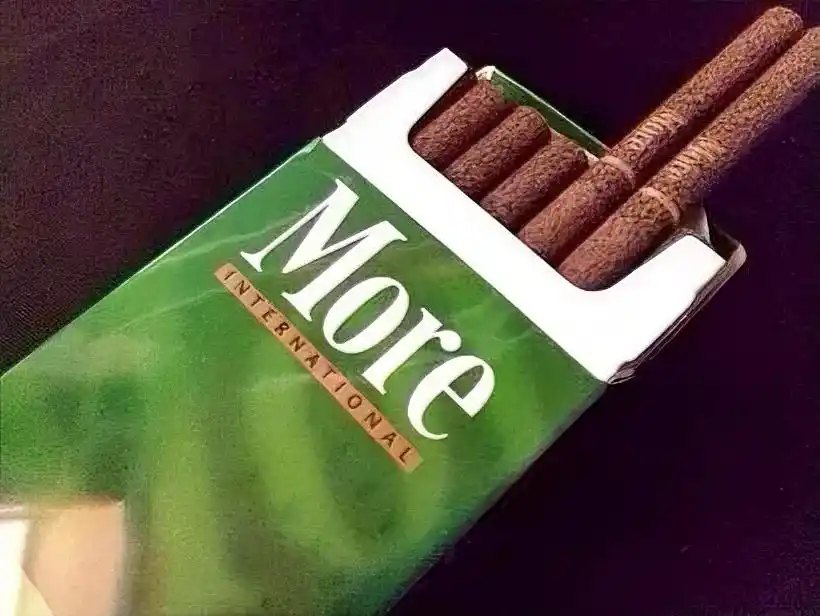The "Creative Flow Returning" Later: Rediscovering Inspiration After a Drought
Introduction
Creativity is not a constant stream; it ebbs and flows like the tide. Many artists, writers, and creators experience periods of intense productivity followed by frustrating dry spells. The phenomenon of "creative flow returning later" is both a mystery and a relief—why does inspiration vanish, only to resurface unexpectedly?
This article explores the nature of creative droughts, the psychological and environmental factors that influence them, and strategies to reignite inspiration when it seems lost. Whether you're a writer, musician, designer, or entrepreneur, understanding this cycle can help you navigate creative blocks with patience and resilience.
1. The Nature of Creative Flow
What Is Creative Flow?
Psychologist Mihaly Csikszentmihalyi coined the term "flow state" to describe a mental state of complete absorption in an activity. In this state, time seems to disappear, and ideas emerge effortlessly. However, maintaining this state is not always possible.
Why Does Creative Flow Disappear?
Several factors contribute to the loss of creative momentum:
- Burnout: Overworking without rest depletes mental energy.
- Fear of Failure: Self-doubt stifles experimentation.
- External Stressors: Life pressures (work, finances, relationships) distract from creative focus.
- Lack of Stimulation: Routine and monotony dull inspiration.
When creativity fades, it can feel like a permanent loss—but often, it’s merely dormant.
2. The Paradox of Forcing Creativity
The Pressure to Create
Society glorifies constant productivity, making creative droughts feel like personal failures. Many creators force themselves to work, hoping discipline will spark inspiration—but this often backfires.
Why Forcing It Doesn’t Work
- Mental Fatigue: Struggling against a block increases frustration.
- Diminished Quality: Forced work lacks authenticity.
- Negative Reinforcement: Associating creativity with stress makes future blocks worse.
Instead of forcing output, sometimes the best approach is to step away and let ideas incubate.

3. The Science Behind Creative Incubation
The Unconscious Mind at Work
Research suggests that creativity thrives when the conscious mind rests. The brain continues processing problems subconsciously, leading to sudden "aha!" moments later.
Examples of Incubation in Action
- Archimedes’ "Eureka" Moment: Solving a problem while bathing.
- Salvador Dalí’s "Slumber with a Key" Technique: Napping with a key in hand to capture hypnagogic (half-asleep) ideas.
How to Use Incubation Effectively
- Take Breaks: Walk, meditate, or engage in unrelated activities.
- Sleep on It: Dreams can unlock unexpected solutions.
- Switch Projects: Temporarily working on something else can refresh perspective.
4. Environmental and Psychological Triggers for Returning Creativity
Changing Your Environment
- Travel: New sights and experiences stimulate fresh ideas.
- Workspace Redesign: A clutter-free or inspiring setup can reignite motivation.
- Nature Exposure: Studies show that time in nature boosts creativity.
Psychological Shifts
- Embracing Boredom: Allowing moments of idleness can spark imagination.
- Mindfulness Practices: Meditation reduces anxiety, freeing mental space for ideas.
- Limiting Distractions: Reducing screen time and social media helps focus.
5. Strategies to Invite Creative Flow Back
1. Freewriting or Brainstorming Without Judgment
Write or sketch without editing—quantity over quality can unlock hidden ideas.
2. Engaging with Other Art Forms
Listening to music, visiting galleries, or reading poetry can trigger new connections.
3. Collaborating with Others
Conversations with fellow creators provide fresh perspectives.
4. Setting Small, Achievable Goals
Instead of aiming for a masterpiece, focus on small, manageable tasks.
5. Revisiting Old Ideas with New Eyes
Past abandoned projects might hold unrealized potential.
6. The Role of Patience and Self-Compassion
Creativity cannot be rushed. Accepting that dry spells are natural—not failures—reduces anxiety. Self-compassion fosters resilience, making it easier to return to creative work when the time is right.
Conclusion: Trusting the Process
The "creative flow returning later" is not a myth—it’s a testament to the mind’s ability to rejuvenate itself. By understanding the cycles of creativity, embracing rest, and experimenting with different triggers, creators can navigate droughts with confidence.
The next time inspiration feels distant, remember: it’s not gone forever. Sometimes, the best ideas arrive when you least expect them.
Tags: #Creativity #FlowState #Inspiration #CreativeBlock #Productivity #Mindfulness #Art #Writing #Psychology #Innovation










